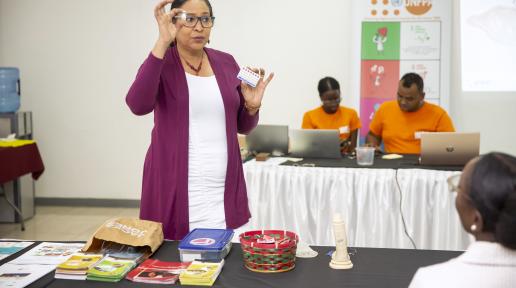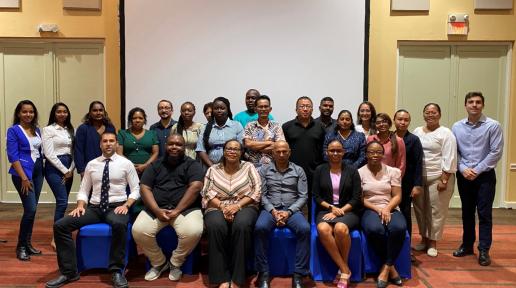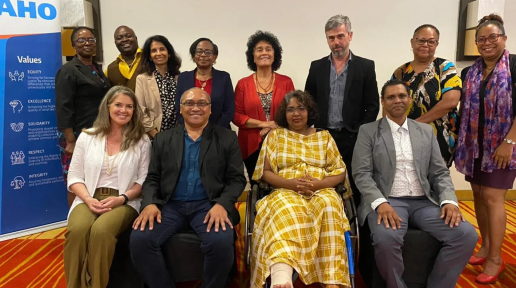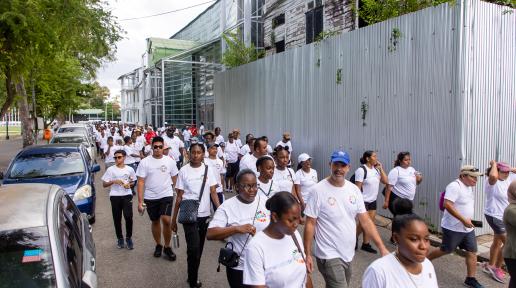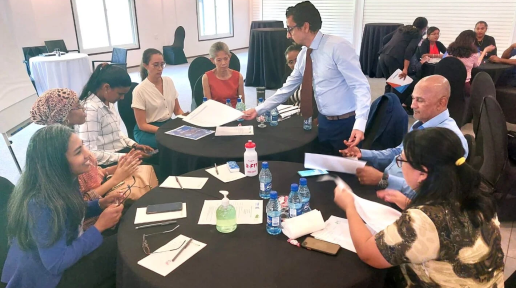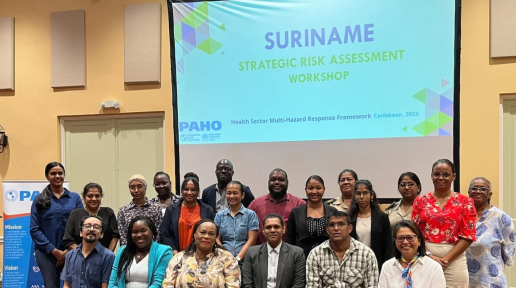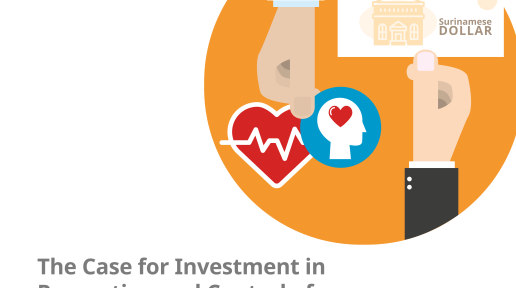Good Health and Well-being
Great strides have been made in improving people’s health in recent years. 146 out of 200 countries or areas have already met or are on track to meet the SDG target on under-5 mortality. Effective HIV treatment has cut global AIDS-related deaths by 52 per cent since 2010 and at least one neglected tropical disease has been eliminated in 47 countries.
However, inequalities in health care access still persist. The COVID-19 pandemic and other ongoing crises have impeded progress towards Goal 3. Childhood vaccinations have experienced the largest decline in three decades, and tuberculosis and malaria deaths have increased compared with pre-pandemic levels.
The Sustainable Development Goals make a bold commitment to end the epidemics of AIDS, tuberculosis, malaria and other communicable diseases by 2030. The aim is to achieve universal health coverage, and provide access to safe and affordable medicines and vaccines for all.
To overcome these setbacks and address long-standing health care shortcomings, increased investment in health systems is needed to support countries in their recovery and build resilience against future health threats.
Access to essential health services
A significant portion of the global population still lacks access to vital healthcare services. To bridge this gap and ensure equitable healthcare provision, addressing disparities is critical. Various determinants of health, including environmental and commercial factors, need attention to pave the way for achieving our common objective of Health for All and achieving the Sustainable Development Goal targets.
How can we achieve these targets?
Ensuring healthy lives for all requires a strong commitment, but the benefits outweigh the cost. Healthy people are the foundation for healthy economies. Countries worldwide are urged to take immediate and decisive actions to predict and counteract health challenges.
This becomes especially critical in safeguarding vulnerable population groups and individuals residing in regions burdened by high disease prevalence. By doing so, we can strengthen health systems and foster resilience in the face of health adversities.
Immunization is one of the world’s most successful and cost-effective health interventions. However, the alarming decline in childhood vaccination – the largest sustained decline in childhood vaccinations in approximately 30 years – is leaving millions of children at risk from devastating but preventable diseases.
Does everyone have access to healthcare?
Universal health coverage (UHC) aims to ensure that everyone can access quality health services without facing financial hardship. While efforts to combat infectious diseases like HIV, TB and malaria led to significant expansions in service coverage between 2000 and 2015, progress has since slowed.
Inequalities continue to be a fundamental challenge for UHC. Coverage of reproductive, maternal, child and adolescent health services tends to be higher among those who are richer, more educated, and living in urban areas, especially in low-income countries.
What can I do to help?
You can start by promoting and protecting your own health and the health of those around you, by making well-informed choices, practicing safe sex and vaccinating your children.
You can raise awareness in your community about the importance of good health, healthy lifestyles as well as people’s right to quality health care services, especially for the most vulnerable such as women and children.
You can also hold your government, local leaders and other decision-makers accountable to their commitments to improve people access to health and health care.
Goal 3 Targets
3.1 By 2030, reduce the global maternal mortality ratio to less than 70 per 100,000 live births.
3.2 By 2030, end preventable deaths of newborns and children under 5 years of age, with all countries aiming to reduce neonatal mortality to at least as low as 12 per 1,000 live births and under-5 mortality to at least as low as 25 per 1,000 live births.
3.3 By 2030, end the epidemics of AIDS, tuberculosis, malaria and neglected tropical diseases and combat hepatitis, water-borne diseases and other communicable diseases.
3.4 By 2030, reduce by one third premature mortality from non-communicable diseases through prevention and treatment and promote mental health and well-being.
3.5 Strengthen the prevention and treatment of substance abuse, including narcotic drug abuse and harmful use of alcohol.
3.6 By 2020, halve the number of global deaths and injuries from road traffic accidents.
3.7 By 2030, ensure universal access to sexual and reproductive health-care services, including for family planning, information and education, and the integration of reproductive health into national strategies and programmes.
3.8 Achieve universal health coverage, including financial risk protection, access to quality essential health-care services and access to safe, effective, quality and affordable essential medicines and vaccines for all.
3.9 By 2030, substantially reduce the number of deaths and illnesses from hazardous chemicals and air, water and soil pollution and contamination.
3.A Strengthen the implementation of the World Health Organization Framework Convention on Tobacco Control in all countries, as appropriate.
3.B Support the research and development of vaccines and medicines for the communicable and noncommunicable diseases that primarily affect developing countries, provide access to affordable essential medicines and vaccines, in accordance with the Doha Declaration on the TRIPS Agreement and Public Health, which affirms the right of developing countries to use to the full the provisions in the Agreement on Trade Related Aspects of Intellectual Property Rights regarding flexibilities to protect public health, and, in particular, provide access to medicines for all.
3.C Substantially increase health financing and the recruitment, development, training and retention of the health workforce in developing countries, especially in least developed countries and small island developing States.
3.D Strengthen the capacity of all countries, in particular developing countries, for early warning, risk reduction and management of national and global health risks.
Source: UN Sustainable Development





